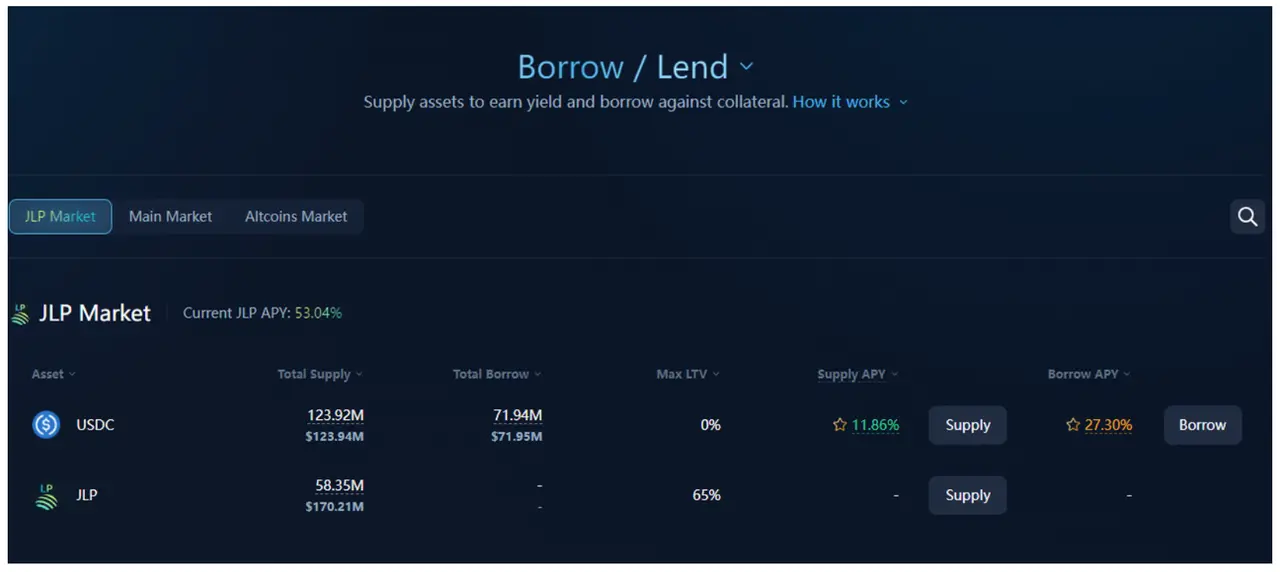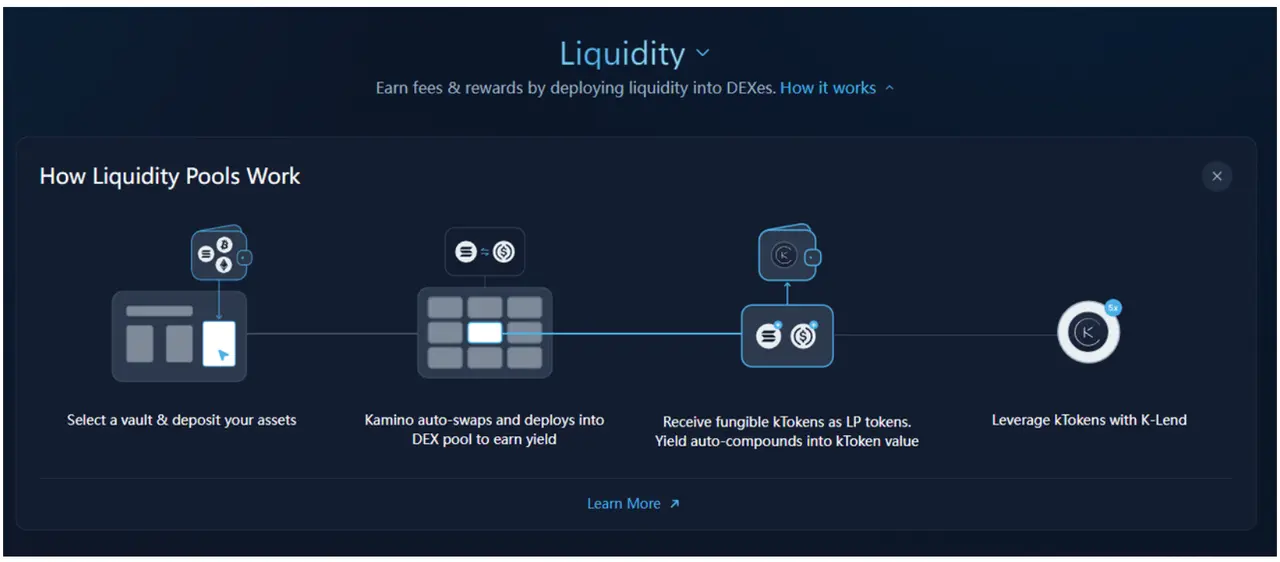A large influx of funds, KMNO is experiencing a new wave of market activity!
The emergence of smart contracts on Ethereum has only been a few years, and now the funds locked in DeFi projects have exceeded $280 billion. Early DeFi projects like MakerDAO and Aave remain highly competitive and even dominate the space, but new innovative projects continue to emerge, hoping to carve out a niche.
On July 2, Kamino announced the introduction of PYUSD on the X platform and launched an incentive program, which will be updated based on the inflow of funds. Users can earn rewards paid in PYUSD simply by depositing funds into the main market of Kamino Lend; the more they deposit, the higher the rewards. As a large amount of funds flow into Kamino Lend, the liquidity of PYUSD will significantly increase, bringing a wave of incremental growth to Kamino.

01 Differentiated Competitiveness
Kamino Finance is a protocol built on the Solana blockchain and is a recently revitalized liquidity and lending solution in the DeFi space, now integrated into the OKX Web3 wallet.
The origins of Kamino Finance can be traced back to Hubble Protocol, which offers two tokens on Solana: the HBB governance token and the USDH over-collateralized synthetic dollar. Although Kamino has not publicly announced any fundraising plans, Hubble raised over $18 million in 2021 and 2022. Today, Kamino is the largest protocol on Solana by DeFi TVL, with an asset scale of $1.15 billion, ahead of Raydium and MarginFi.
Unlike other liquidity provider (LP) products, Kamino supports one-click automatic compounding concentrated liquidity strategies, providing users with a unified and secure suite of DeFi products, which lays a solid foundation for Kamino's development. Today, Kamino has become a DeFi protocol that integrates lending, liquidity, and leverage, offering users transparent analytics, detailed performance data, and extensive position information.
On the Kamino platform, users can easily borrow and lend assets, provide leveraged liquidity to concentrated liquidity DEXs, build automated liquidity strategies, and use concentrated liquidity positions as collateral.
02 Core Functions
Kamino offers users four core functions, including borrowing/lending, liquidity, leverage, and long/short trading.
First, borrowing/lending.
Kamino's borrowing/lending feature is an over-collateralized lending protocol, but it has two unique aspects: first, partial liquidation: a portion of the borrower's collateral is liquidated to bring it below the liquidation TVL threshold, rather than liquidating everything. The liquidated collateral will incur a liquidation penalty of 5% to 10%; second, using Pyth Network and Switchboard as oracle providers, for LST (liquidity tokens), Kamino uses a staking rate formula to smooth prices and reduce liquidation risks caused by temporary decoupling.
Currently, Kamino offers three lending markets, including the main market, JLP market, and altcoin market.

Second, liquidity.
Kamino's market-making treasury acts as a concentrated liquidity market maker (CLMM), automatically providing liquidity to Orca, Raydium, and Meteora. Liquidity providers (LPs) can benefit from automatic compounding fee income and automatic rebalancing of positions to ensure liquidity remains within range. Kamino's liquidity treasury also offers token incentives (such as JTO and KMNO) or Meteora MET points.
The "kTokens" earned by liquidity providers can be used as collateral for borrowing, enhancing the flexibility and security of liquidity.

Third, leverage.
Kamino's leverage feature allows users to stake SOL by depositing SOL or liquid-staked SOL tokens (such as JitoSOL, bSOL, and mSOL) and utilizing leverage loops. This process includes: (1) depositing SOL or LST (2) borrowing a flash loan (3) exchanging SOL for LST (4) using LST as collateral.
This loop is repeated until the desired leverage ratio is reached, up to 5 times. If the borrowing rate remains higher than the LST yield, the position will be liquidated.

Finally, long/short trading.
Users can conduct long or short trades on seven supported assets through leverage loops. The process is as follows: (1) deposit USDC or the desired token (2) borrow a flash loan (3) exchange USDC for the desired token (4) use the token as collateral.
This loop is repeated until the desired leverage ratio is reached, ranging from 1.7x to 6.7x.

03 Economic Model
KMNO is an SPL token on Solana, launched on April 30, 2024, with a total supply of 10 billion tokens. The functions of KMNO include staking, liquidity provision, and incentives.
Users can stake KMNO to earn Kamino points and increase their yields. For every $1 of KMNO staked, users can earn 3 times the Kamino points daily. Staking KMNO also increases users' staking points, with a base multiplier starting at 30%, increasing by 0.5% daily, up to a maximum of 300%.
At the same time, in terms of liquidity provision, KMNO can be used to provide liquidity for supported KMNO pairs, such as those with JitoSOL, bSOL, mSOL, BLZE, jupSOL, and SOL. Users providing liquidity to the incentive KMNO treasury can earn KMNO and/or other partner token rewards.
Of course, KMNO is also used to incentivize various operations on the protocol. Users who earn Kamino points will receive KMNO at the end of the points season. Users providing liquidity can also earn KMNO token rewards. In the future, KMNO may also be used to participate in Kamino's governance, although the specific plans for the governance system have not yet been determined.
Conclusion
Although many new projects currently directly fork from Ethereum to other emerging public chains, innovative projects continue to emerge, aiming to improve capital efficiency, reduce risks, and lower costs. Some projects build on existing infrastructure to simplify user operations, optimize yields, and increase available leverage, such as Kamino, which may change the way liquidity is supplied in the future.









